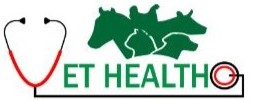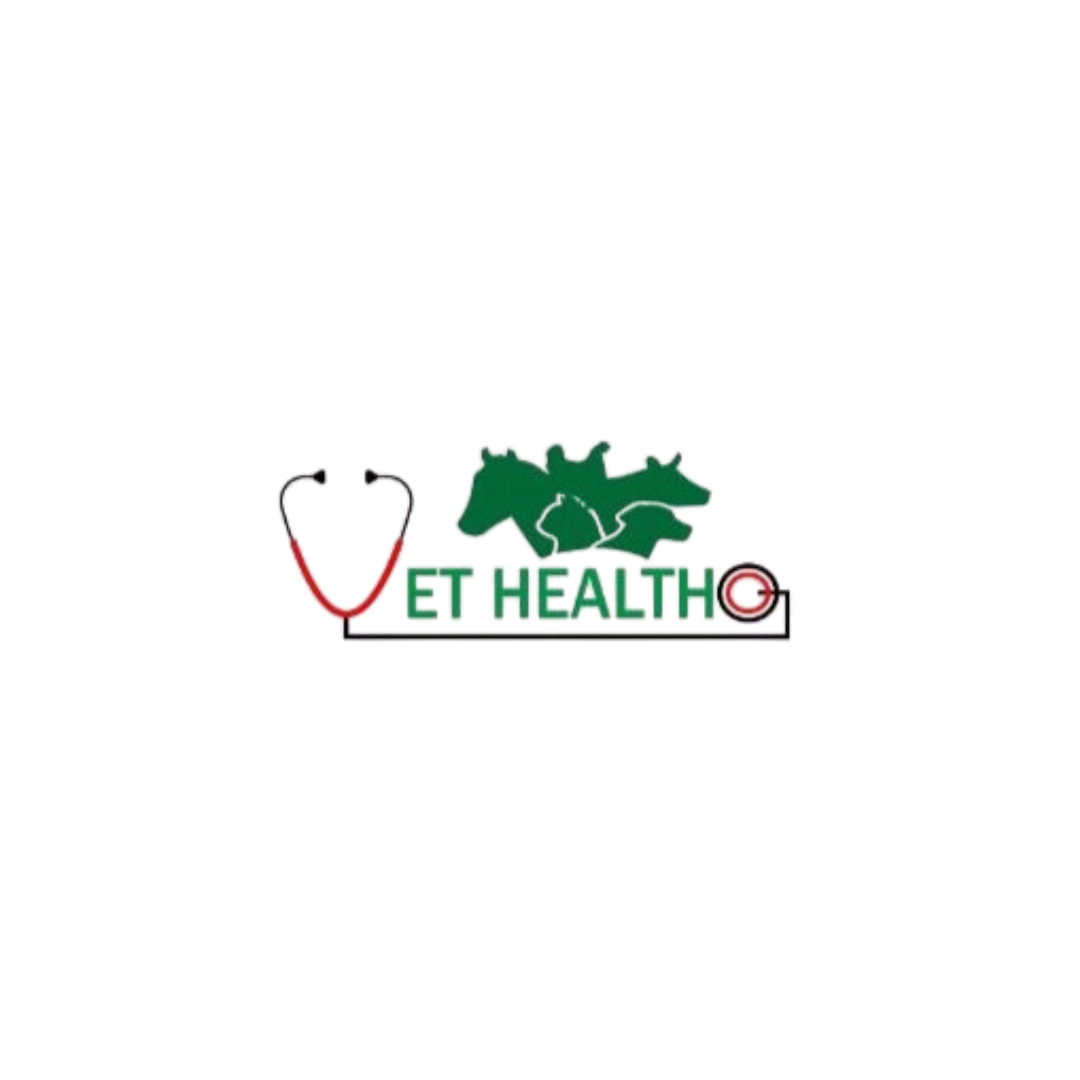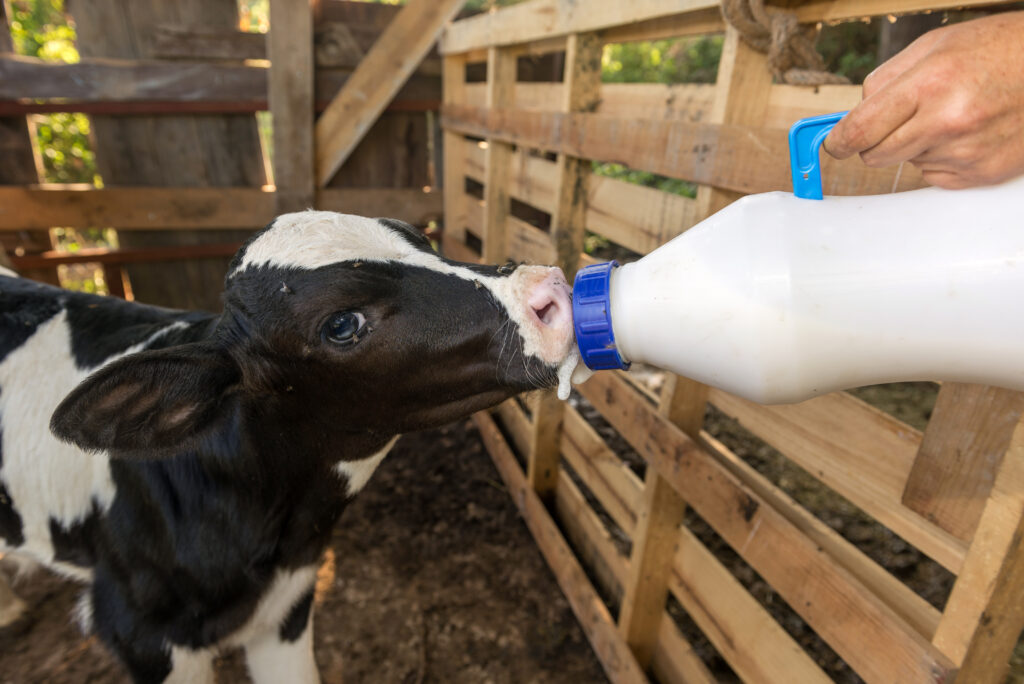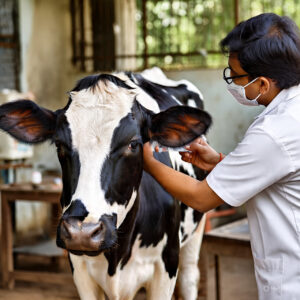Early weaning tips for calves are crucial for ensuring smooth development and reducing health risks during transition. When planned properly, early weaning helps calves grow into strong, productive animals with better digestion and immunity.
Subtitle: Expert Guide to Transition Calves from Milk to Solid Feed Safely and Efficiently
“Following these early weaning tips for calves, you can ensure proper rumen development and reduce feed costs. Proper planning prevents digestive issues and supports long-term health.”
🟢 Introduction
“Understanding early weaning tips for calves can boost farm efficiency while ensuring healthier and stress-free growth of your young animals.”
What is Early Weaning in Calves?
Early weaning refers to stopping milk feeding before the traditional age. Usually, this is done before 8 weeks of age. It involves introducing solid feed and reducing dependency on milk. This practice helps reduce milk costs and boosts calf rumen development.
When Should You Follow Early Weaning Tips for Calves?
Calves can be weaned early once they meet a few important conditions:
- Eating 1.5 to 2 pounds of calf starter daily for 3 days
- At least six weeks old
- Showing good health and active behavior
- Having a fully functional rumen
If these signs are visible, the calf is ready for the transition.
🟢 Why Choose Early Weaning?
There are many advantages of early weaning. Some key benefits include:
- Faster rumen development
- Less milk required per calf
- Reduced feeding labor
- Lower feeding costs
- Better disease control due to less milk handling
Despite these advantages, the process must be handled with care to avoid stress or digestive problems.
🟢 Preparing the Calf for Weaning
Proper preparation makes weaning less stressful and more effective. Here are steps to take before stopping milk:
✅ 1. Introduce Calf Starter Early
Start giving high-quality calf starter within the first week. Make sure it’s fresh and dry. Keep it available at all times. This helps calves adjust to solid food gradually.
✅ 2. Provide Clean Drinking Water
Water is essential for digestion and rumen development. Make sure calves always have access to clean water. Avoid using dirty buckets or troughs.
✅ 3. Monitor Feed Intake
Only begin weaning once the calf eats enough solid feed daily. This is a sign of good rumen function.
✅ 4. Gradually Reduce Milk
Don’t stop milk suddenly. Cut down milk feeding step-by-step over a few days. This gives the calf time to adjust.
🟢 Tips for Smooth Weaning
✅ Tip 1: Use High-Quality Starter
Choose a calf starter with at least 18% protein. It should contain energy, fiber, vitamins, and minerals. Avoid moldy or stale feed.
✅ Tip 2: Keep Feed Fresh
Replace leftover starter daily. Calves like fresh feed. Old feed loses smell and taste, reducing intake.
✅ Tip 3: Avoid Weaning During Stress
Do not wean during illness, transport, or weather changes. Stress weakens immunity. Delay weaning if any stressful events are near.
✅ Tip 4: Observe Calf Behavior
After weaning, check if the calf is active, alert, and eating well. Slow or dull behavior may signal problems.
✅ Tip 5: Maintain Hygiene
Clean feeding tools and pens regularly. Bacterial infections rise during weaning due to lowered immunity.
🟢 Post-Weaning Care
The period after weaning is sensitive. Proper care ensures steady growth. Here’s what to do:
✅ Provide Balanced Nutrition
After milk stops, feed the calf a balanced diet. Include starter, hay, and clean water. Increase feed slowly as appetite grows.
✅ Monitor Health Signs
Watch for signs of diarrhea, cough, or low appetite. Early detection helps prevent serious illness.
✅ Keep Calves in Same Environment
Avoid shifting calves to new pens immediately after weaning. Let them stay in familiar surroundings for a few days.
✅ Maintain Routine
Stick to the same feeding and cleaning schedule. Calves feel secure in a regular routine.
Mistakes to Avoid During Early Weaning of Calves
Farmers sometimes make mistakes while weaning early. These can harm calf growth. Avoid these errors:
- Weaning too early before the calf is ready
- Using poor-quality starter feed
- Skipping clean water
- Weaning during disease or weather stress
- Stopping milk too suddenly
🟢 Benefits of Early Weaning
When done right, early weaning brings many benefits:
- Improved feed conversion
- Healthier rumen development
- Cost savings on milk
- Faster growth rate
- Better housing and labor management
🟢 Scientific View on Early Weaning
Studies show that early-weaned calves perform as well as traditionally weaned ones, provided they eat enough solid feed. Research also highlights better digestion and early rumen maturity when calves eat starter early.
🟢 Final Thoughts
Early weaning is not just about saving milk. It is a method to raise healthy calves efficiently. The key is preparation, nutrition, and close monitoring.
Calves must be physically and nutritionally ready before weaning. Farmers must ensure a stress-free, gradual transition. With care, early weaning improves productivity and keeps calves healthy.
📌 Summary Checklist for Early Weaning:
- ✅ Calf eats 1.5–2 lbs starter feed
- ✅ Calf is at least 6 weeks old
- ✅ Calf is healthy and active
- ✅ Milk is reduced gradually
- ✅ Clean water and fresh feed provided
- ✅ Calf monitored post-weaning




